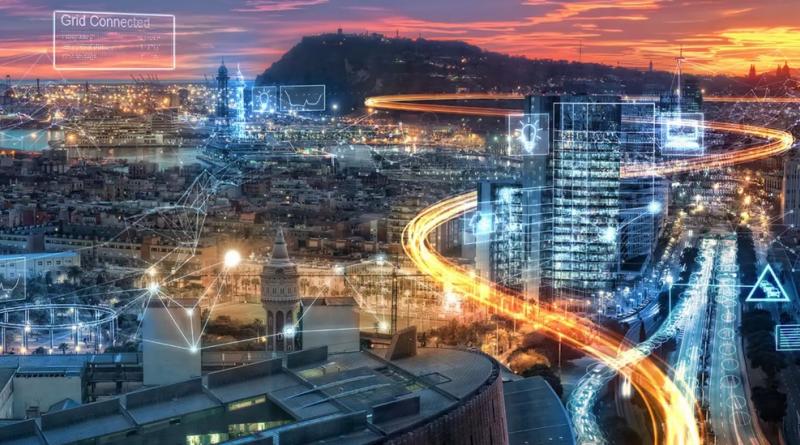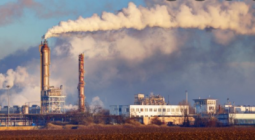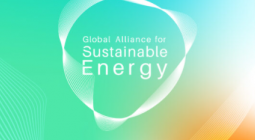3 imperatives to accelerate the world's sustainable recovery

- There is a unique opportunity to shape a sustainable future.
- Time is running out; we need to accelerate action on every front.
- Technology, skills development and global cooperation are paramount.
When the pandemic first hit, many people, including me, talked about using this as an opportunity to reshape our world for the better. We were inspired by humanity’s response to the crisis and our ability to adapt. We developed and produced vaccines in record time. And we became hopeful that the worst of the pandemic was behind us.
Since then, we have hit a few bumps on the road towards a sustainable recovery. Rising inflation, energy shortages, supply chain disruptions and new COVID-19 variants have rattled financial markets. And after dipping briefly, carbon emissions soared again, leaving us further off course to limit global warming.
The window of opportunity hasn’t disappeared. But unless we accelerate, the chance to make this a sustainable recovery will slip through our fingers once again.
Here are the three areas of action where I believe we need to intensify our efforts:
1. Leveraging technology to transform economies
It’s clear that we need to transform the entire backbone of our economies: our industries, our buildings, our energy and our transport systems. We need to do more with less, creating growth that is both more sustainable and more equitable.
The good news is we have the technology to make this happen – from smart grid technologies that enable the integration of renewable energy and electrified transport, to digital technologies that make manufacturing and supply chains more sustainable and resilient.
Making supply chains more resilient and sustainable
After dominating the news headlines for much of last year, it will be no surprise to hear that many executives have made improving supply-chain resilience a priority this year. One of the biggest obstacles they face is lack of transparency: McKinsey estimates that only 2% of firms have visibility into their supply base beyond the second tier. It’s hard to identify potential risks and vulnerabilities if you don’t know the sub-supplier structure for commodities with strategic relevance.
Unless we gain transparency over our supply chains, we will be limited in our ability to improve resiliency, or address sustainability concerns. On average, 90% of a product’s emissions occur in the supply chain, not in production. To effectively reduce the carbon footprint of their products, companies also need to focus their efforts here.
Technology is the answer here as well. To gain transparency over where emissions occur, digital tools, including blockchain, can be applied, so organizations can work together to track and manage emissions across the value chain. Similarly, digital technologies can enable companies to increase transparency and flexibility of their supply chains in real time, so they can be more proactive and agile in responding to possible bottlenecks or disruptions.
The path to sustainability won’t be easy
The energy shortages last year offered a glimpse of some of the difficulties in transitioning to renewable sources. Managing the complexities of fluctuating supplies and distributed energy sources will require digital technologies such as AI combined with innovative storage solutions.
A small town in Germany is creating the blueprint for how this could work. When I first visited Wunsiedel back in 2016, it had formerly been a declining industrial town with high unemployment. Today, the town has a thriving renewable energy industry that relies on solar, wind and biomass, supported by digital technologies and storage solutions. It’s a powerful example of how a community can reverse their fortunes by embracing technological change.
2. Ensuring the skills needed to drive digital transformation
If we want to enable a sustainable and inclusive recovery, we need to make sure that people have the skills they need to thrive in the future.
Even before the pandemic, digital transformation was changing the world of work and the skills people would need. Since the pandemic struck, millions of people have lost their jobs, digitalization has leaped forward, and the skills gap has widened.
Investing in skills development brings benefits for economies, as well as individuals. In their research, the World Economic Forum and PWC make the case that the economies with the largest skills gaps have potentially the most to gain. Their economic model found that there is tremendous opportunity to boost GDP growth by upskilling and reskilling people, and shifting from low-cost labour to technology-augmented jobs.
Making digital skills more accessible
To keep pace with the technological changes in our markets, we offer our employees continuous learning opportunities that are also more accessible. I know it’s not easy for people to do their jobs, look after their families and still find the time to take courses. Our online learning platform, which contains over 100,000 digital offerings, is a fast and convenient way to keep their skills up to date.
We also partner with organizations like the World Economic Forum and the University of Cambridge to identify future skills and how technology can augment and empower people. One initiative, which we are shaping together with our employees, looks at ways in which 4IR technology can support manufacturing workers in their daily work, but also to continue in their original jobs as they get older, right up until the retirement age of 67.
3. Strengthening global ecosystems
The final area where I see the need to intensify our efforts is in global cooperation.
It’s time for the world to work together. The scale of the problems facing humanity are too big for any organization, sector or country to tackle alone. We need global ecosystems to collaborate and develop innovative solutions. We need countries to pursue common approaches in areas like carbon pricing and to invest in technology and skills development.
While many governments have recognized the importance of digitalization and decarbonization for a sustainable recovery and prioritized them in their stimulus programs, they need to move faster. They need to speed up the deployment of green technologies and work with industry to accelerate the development of new technologies.
The fact of the matter is we’re running out of time. In its most recent report, the UN’s Intergovernmental Panel on Climate Change (IPCC) warned that climate change is intensifying. But they also stated that human actions can still determine the future course of the climate, which gives us cause for hope.
We still have a unique opportunity to shape a sustainable recovery. Now is the time to put words into action.





